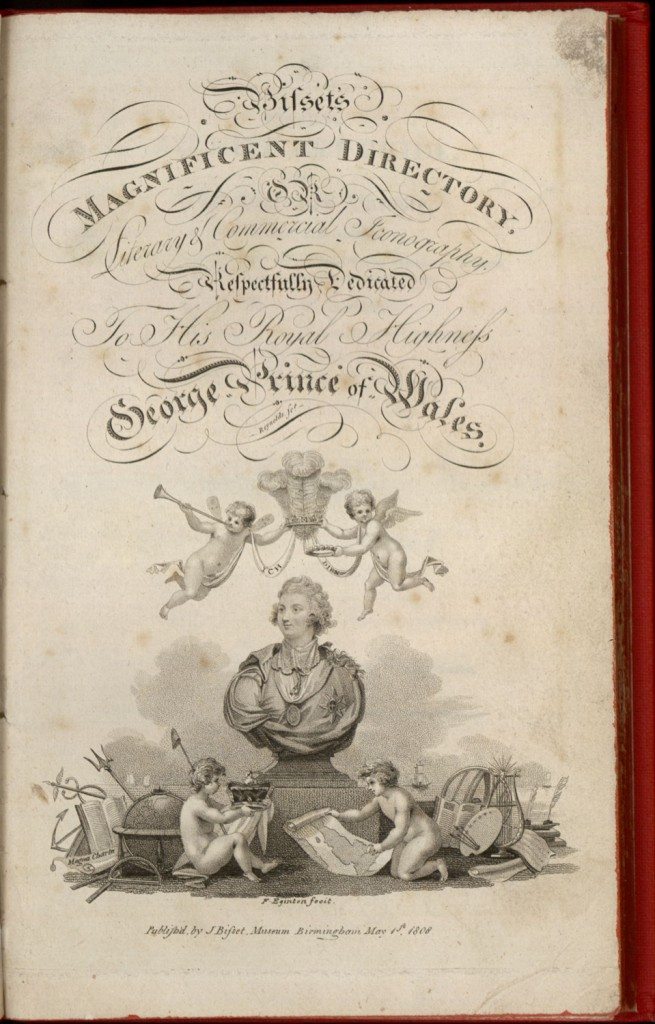Frontispiece to Bisset’s Magnificent Directory
Image from: Bisset’s Magnificent Guide or Grand Copper Plate Directory for the Town of Birmingham, 1808
[From Birmingham Central Library]
01. Frontispiece to Bisset’s Magnificent Directory and Literary and Commercial Iconography Respectfully Dedicated to His Royal Highness George Prince of Wales.
The engraving by Francis Eginton shows a bust of Prince George, the eldest son of George III. Twelve years after 1808, the date of the publication, he inherited the throne as George IV and reigned from 1820 to 1830. The Prince is portrayed as a beneficent and handsome figure, very different from the selfish, greedy and overweight libertine of the anti-monarchical cartoons of the time.
Above the image, two cherubs support the Prince of Wales’ crest with his motto “Ich Dien”, translated as “I serve”. Behind the bust is a picture of ships on the high seas, signifying Britain’s global significance as a trading nation and unrivalled naval power following the Battle of Trafalgar in 1805. The nautical imagery is emphasised to the left by the anchor, trident and globe. Other representations strike additional notes:
• The long tradition of English liberty is demonstrated by Magna Carta,
• The winged staff of Mercury points to the transmitting of information around the world,
• Cultural achievements are shown by a lyre, artist’s palette, a book and two quill pens.
In front of the bust a child holds a crown and the other unfurls a map of Great Britain. Linked with the other icons they present a United Kingdom, watched over by an enlightened prince and benefiting, according to the engraving’s symbols, from international trade, the arts and a libertarian tradition. The themes of the frontispiece are represented in many of the engravings for individual businesses illustrated in the pages of the Directory.
Engraving was a fine art and a highly skilled trade. The engraver gouged lines or flicks into a copper plate by a pointed steel burin or graver with a mushroom-shaped wooden handle. As the engraver pushed the burin forward, he removed shavings of copper from the plate. By altering the angle and pressure on the burin, the engraver could vary the depth and width of the line. A less laborious process involved coating the copper plate with wax and using a needle to incise images into the wax. The plate was then immersed in acid, which ate into the copper exposed by the needle, leaving the wax-coated area untouched. The plate was printed by inking and wiped to clean the surface. Forcing the ink onto paper by means of a special press created a print.
« Previous in this sectionNext in this section »
Continue browsing this section
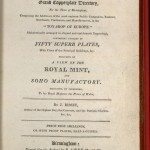 A Catalogue of Commerce and Art: Bisset’s Magnificent Guide for Birmingham, 1808
A Catalogue of Commerce and Art: Bisset’s Magnificent Guide for Birmingham, 1808
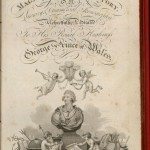 Frontispiece to Bisset’s Magnificent Directory
Frontispiece to Bisset’s Magnificent Directory
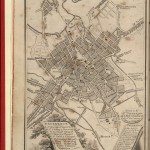 Plan of Birmingham, drawn by J. Sherrif of Oldswinford, late of the Crescent Birmingham
Plan of Birmingham, drawn by J. Sherrif of Oldswinford, late of the Crescent Birmingham
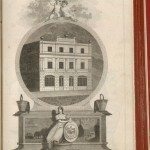 Birmingham Fire Office
Birmingham Fire Office
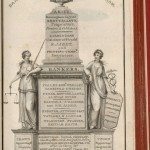 Bankers and Public Companies in Birmingham
Bankers and Public Companies in Birmingham
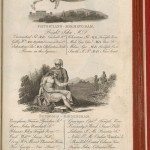 Physicians, Surgeons, Apothecaries and Chemists in Birmingham
Physicians, Surgeons, Apothecaries and Chemists in Birmingham
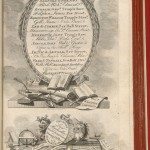 Attorneys at Law in Birmingham
Attorneys at Law in Birmingham
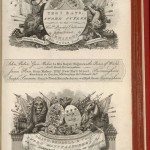 Sword, Gun and Pistol Manufacturers in Birmingham
Sword, Gun and Pistol Manufacturers in Birmingham
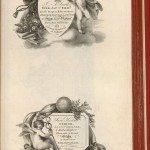 Mercers, Linen Drapers, Haberdashers, Hosiers and Lacemen in Birmingham
Mercers, Linen Drapers, Haberdashers, Hosiers and Lacemen in Birmingham
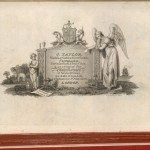 J Taylor, Gold and Silversmith, Jeweller, Tortoiseshell and Ivory Box and Toy Manufacturer, Birmingham
J Taylor, Gold and Silversmith, Jeweller, Tortoiseshell and Ivory Box and Toy Manufacturer, Birmingham
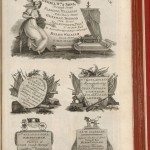 Cabinet Makers, Upholsterers, Gun Makers and Saddlers in Birmingham
Cabinet Makers, Upholsterers, Gun Makers and Saddlers in Birmingham
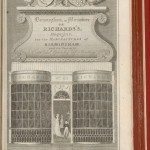 Birmingham in Miniature or Richard’s Magazine for the Manufacturers of Birmingham and its Vicinity
Birmingham in Miniature or Richard’s Magazine for the Manufacturers of Birmingham and its Vicinity
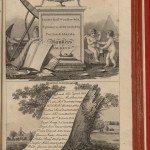 Bankers in Birmingham and Businessmen adjacent to Birmingham
Bankers in Birmingham and Businessmen adjacent to Birmingham
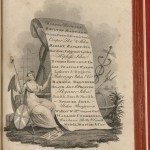 Merchants in Birmingham
Merchants in Birmingham
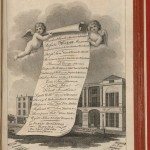 Miscellaneous Businesses in New Street, Birmingham
Miscellaneous Businesses in New Street, Birmingham
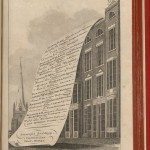 Miscellaneous Businesses in High Street, Birmingham
Miscellaneous Businesses in High Street, Birmingham
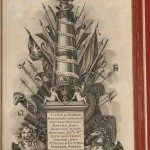 Gun Makers in Birmingham
Gun Makers in Birmingham
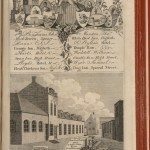 Inns, Hotels and Taverns and Swinney’s Type Foundry in Birmingham
Inns, Hotels and Taverns and Swinney’s Type Foundry in Birmingham
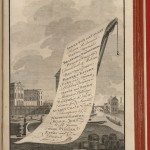 Factors or Commercial Agents in Birmingham with a view of the Crescent and Wharf
Factors or Commercial Agents in Birmingham with a view of the Crescent and Wharf
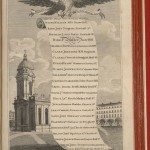 Miscellaneous Professions and Businesses in Birmingham with a View of St Philip’s Church
Miscellaneous Professions and Businesses in Birmingham with a View of St Philip’s Church
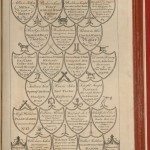 Miscellaneous Professions and Businesses in Birmingham with Emblems of their Trade
Miscellaneous Professions and Businesses in Birmingham with Emblems of their Trade
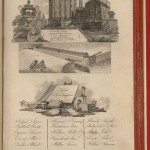 Henry Clay, Japanner, and Artists in Birmingham
Henry Clay, Japanner, and Artists in Birmingham
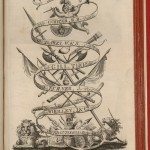 Sword Makers in Birmingham
Sword Makers in Birmingham
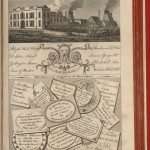 Brass Founders with a view of the Brass House in Broad Street, Birmingham and Miscellaneous Businesses
Brass Founders with a view of the Brass House in Broad Street, Birmingham and Miscellaneous Businesses
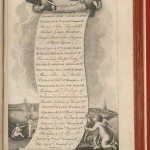 Toy Makers in Birmingham with a View of the Navigation Offices
Toy Makers in Birmingham with a View of the Navigation Offices
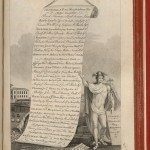 Miscellaneous Professions and Businesses in Birmingham with a View of St Paul’s Chapel
Miscellaneous Professions and Businesses in Birmingham with a View of St Paul’s Chapel
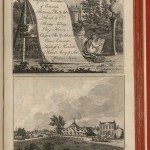 Japanners in Birmingham and a View of the Park Glass House
Japanners in Birmingham and a View of the Park Glass House
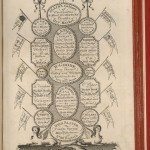 Cards of different Professions and Businesses in Birmingham
Cards of different Professions and Businesses in Birmingham
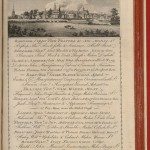 Miscellaneous Businesses in Birmingham with a View of the Town from the Warwick Canal
Miscellaneous Businesses in Birmingham with a View of the Town from the Warwick Canal
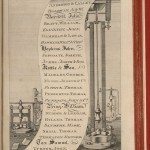 Button Makers in Birmingham
Button Makers in Birmingham
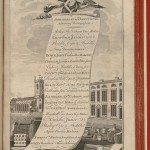 Miscellaneous Professions and Businesses in Deritend near Birmingham
Miscellaneous Professions and Businesses in Deritend near Birmingham
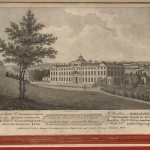 View of Matthew Boulton’s Soho Manufactory and Royal Mint Offices in Handsworth near Birmingham
View of Matthew Boulton’s Soho Manufactory and Royal Mint Offices in Handsworth near Birmingham
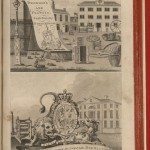 View of the Eagle Iron Foundry and Mr. Whitmore’s Engineering Works in Birmingham
View of the Eagle Iron Foundry and Mr. Whitmore’s Engineering Works in Birmingham
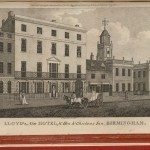 View of Lloyd’s, New Hotel and Hen and Chickens Inn, New Street, Birmingham
View of Lloyd’s, New Hotel and Hen and Chickens Inn, New Street, Birmingham
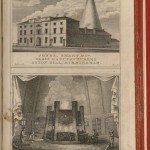 Exterior and Interior View of Jones, Smart and Company’s Glass Manufacturers, Aston Hill, Birmingham
Exterior and Interior View of Jones, Smart and Company’s Glass Manufacturers, Aston Hill, Birmingham
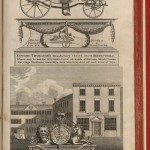 Thomason’s Button and Toy Manufactory, Church Street, Birmingham
Thomason’s Button and Toy Manufactory, Church Street, Birmingham
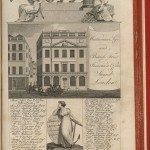 View of the Westminster Life and British Fire Insurance Offices, Strand, London, with a List of the Directors. J. Gottwaltz, Birmingham Agent
View of the Westminster Life and British Fire Insurance Offices, Strand, London, with a List of the Directors. J. Gottwaltz, Birmingham Agent
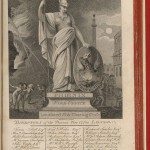 The Phoenix Fire Office, Lombard Street and Charing Cross, London, with a List of the Directors. J. Farror, Birmingham Agent.
The Phoenix Fire Office, Lombard Street and Charing Cross, London, with a List of the Directors. J. Farror, Birmingham Agent.
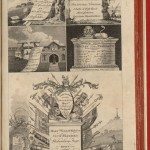 Two Manufacturers, a School, an Engineer and an Inn near Birmingham
Two Manufacturers, a School, an Engineer and an Inn near Birmingham
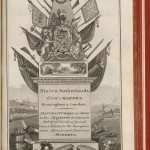 Blair and Sutherlands, Gun Makers, Brook Street and Harper’s Hill, Birmingham
Blair and Sutherlands, Gun Makers, Brook Street and Harper’s Hill, Birmingham
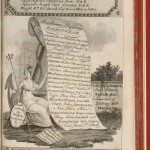 Button Makers and other Businesses of Birmingham
Button Makers and other Businesses of Birmingham
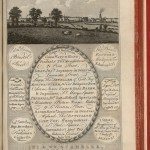 View of Birmingham from Aston Wharf with the Names of various Businesses
View of Birmingham from Aston Wharf with the Names of various Businesses
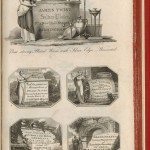 Miscellaneous Metal Manufacturers and other Businesses in Birmingham
Miscellaneous Metal Manufacturers and other Businesses in Birmingham
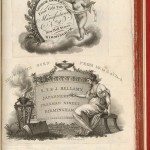 Toy Maker and Japanners in Birmingham
Toy Maker and Japanners in Birmingham
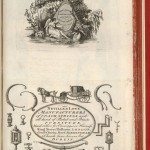 Surveyor, Sutton Coldfield and Coach Spring Manufacturers, Birmingham
Surveyor, Sutton Coldfield and Coach Spring Manufacturers, Birmingham
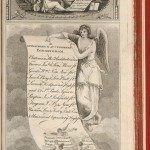 A Bookseller and list of Appraisers and Auctioneers in Birmingham
A Bookseller and list of Appraisers and Auctioneers in Birmingham
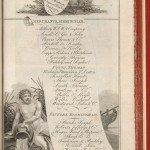 Merchants and Factors in Birmingham
Merchants and Factors in Birmingham
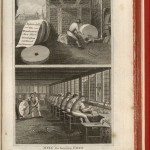 Hepinstall and Parker’s File Manufactory, Ann Street, Birmingham and Walsall, Staffordshire
Hepinstall and Parker’s File Manufactory, Ann Street, Birmingham and Walsall, Staffordshire
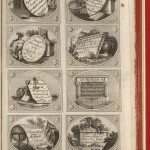 Miscellaneous Traders, Professions and Manufacturers in Birmingham
Miscellaneous Traders, Professions and Manufacturers in Birmingham
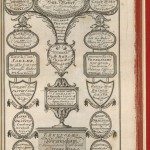 Trade Cards for various Businesses in Birmingham
Trade Cards for various Businesses in Birmingham
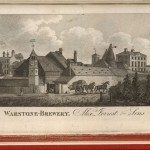 View of Warstone Brewery, Warstone Lane, Birmingham, belonging to Alex Forrest and Sons
View of Warstone Brewery, Warstone Lane, Birmingham, belonging to Alex Forrest and Sons
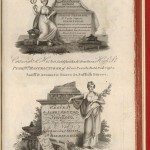 Various Toy Makers and Jewellers in Birmingham
Various Toy Makers and Jewellers in Birmingham
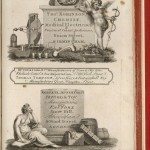 Thomas Robinson, Chemist, and Roberts, Jeffery and Co, Button and Toy Manufacturers, Snow Hill, Birmingham
Thomas Robinson, Chemist, and Roberts, Jeffery and Co, Button and Toy Manufacturers, Snow Hill, Birmingham



